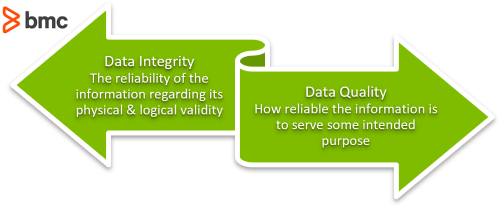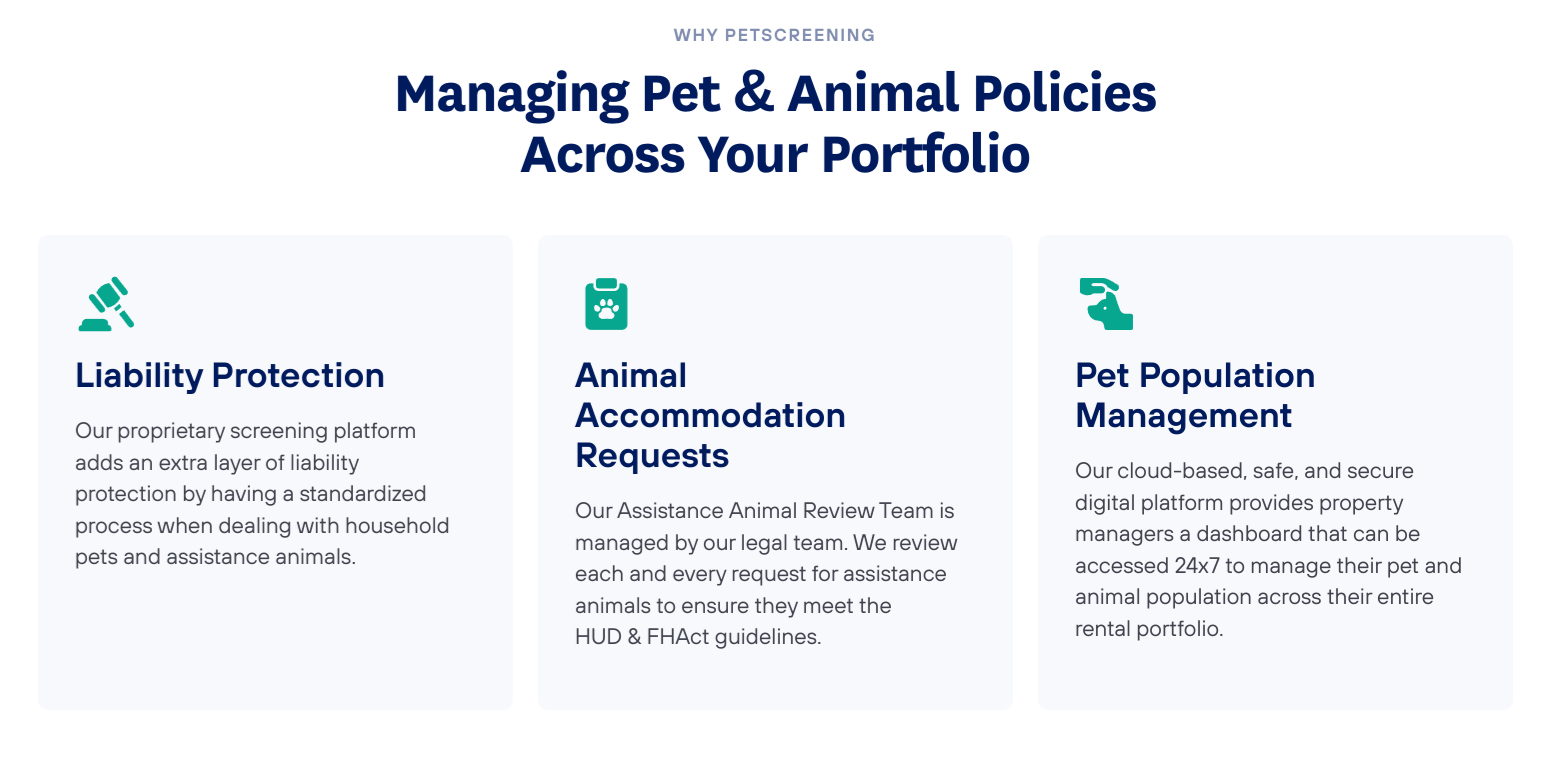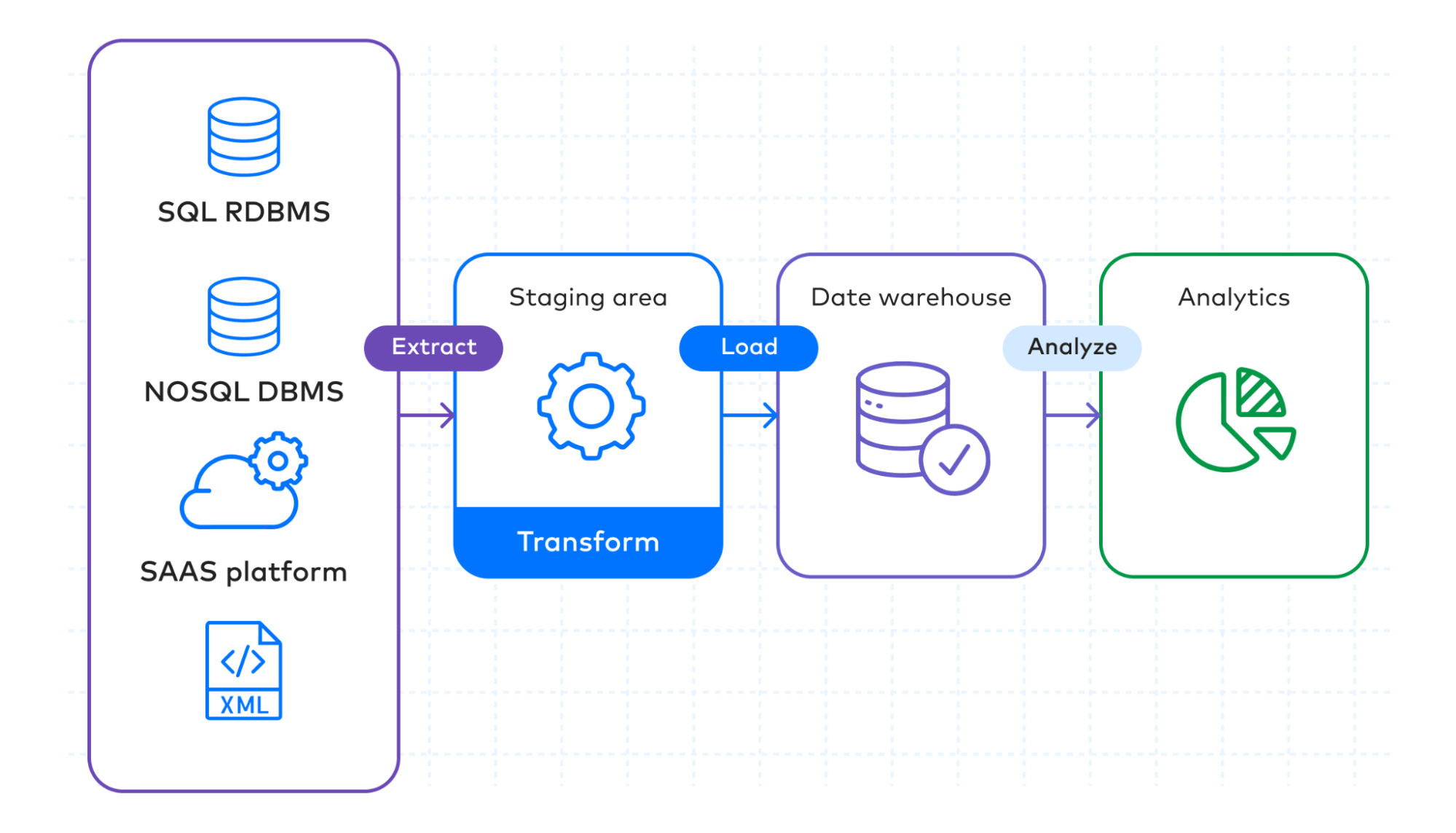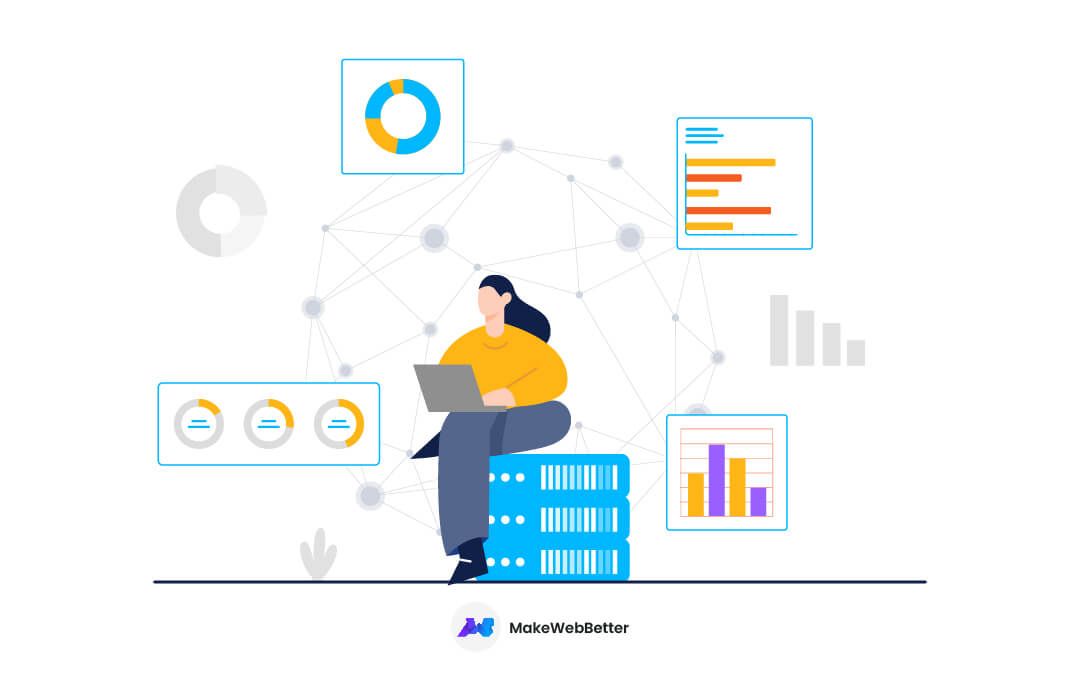As a growth-minded business owner employing HubSpot tools, you should always be looking for ways to improve data quality.
Whether you’re trying to grow your reach, test new social media marketing strategies, or troubleshoot lead management challenges, having access to accurate data is vital to making informed business decisions.
But the process of managing data and putting it to work is growing more complex all the time.
What’s more, every unique channel needs its own data quality assurance plan.
That’s where we come in.
If you’ve been interested in learning how to make sure your HubSpot data quality is accurate, we’re here to help.
Today, we’ll examine some of the most important principles of maintaining HubSpot Data quality and accuracy.
Ready to learn more?
Let’s take a look.
Understanding Data
Making sure your HubSpot data is accurate means understanding the difference between data quality and data integrity.
Using these two aspects of data management to guide your decision-making can help you gather the information you need to achieve your goals.
Here’s what you need to know.
Data Quality
Before you begin investing valuable time and energy into tools and systems for your data, it’s important to define data quality for your organization.
The “quality” of your data is defined by how well it helps your team meet its goals.
For example, if developing leads is a priority for your sales and marketing staff, they’ll need access to contact information from your most recent HubSpot engagement campaigns.
Be sure to pass along all relevant engagement statistics from recent social media campaigns and opt-in results so your team can make informed retargeting decisions.
To define your HubSpot data quality, compare the information you currently have against your goals.
Then, ask yourself:
- Who needs access to this information?
- How can we deliver it efficiently?
- What systems can we put in place to make sure this data is consistently available to those who need it?
- How can we support our goals with each piece of data we acquire?
Data Integrity
Once you and your team have a common understanding of data quality, you’ll need a plan to maintain data integrity.
In other words, you’ll need a way to make sure the information you’re incorporating into your systems is complete and accurate. Data integrity is about making sure data is valid, not just relevant.

Source: BMC
Remember the high-priority goals that you used to align your data quality standards?
Well, your efforts to achieve those goals are only as good as the data you’re using to fuel them. Protect yourself by creating a set of organizational policies for every phase of your data, from acquisition to storage to removal. IT experts refer to this as Data Life-Cycle Management.
You might also consider supplementing with third-party services that are already designed to monitor specific types of information. For instance, PetScreening offers a great example by providing property managers with real-time digital record keeping of renters with pets.

Source: Petscreening
Also, it would help if you considered cybersecurity. Data can never be too protected so implementing measures such as web application firewall to ensure data integrity and protect against threats is crucial for helping to ensure that data is always available and accessible.
Bottom line? Consider your unique business needs and connect them with the best resources you have available to maintain data integrity.
Data Governance
Setting your vision for data quality and data integrity is vital to creating and implementing a plan for how you’ll govern your data.
Be sure to create a “master plan” for your HubSpot data that outlines how you’ll use personnel, software, and systems to ensure your information is accurate, aligned, and applied to your business objectives.
Fortune Business Insights predicts that the Big Data as a Service global market will increase to over 93 billion dollars by 2028. As the role of big data continues to expand, the data quality tools we use to access it will also need to evolve.
That’s why it’s also important to determine and implement best practices when changing the location of your data. Change data capture (CDC) is a solution that’s growing in popularity as a replacement for Extract, Transfer, Load (ETL) processes.
CDC can be a great option for anyone who needs the ability to access their data in real time, as opposed to waiting on bulk loads or batch windows.

Source: Fivetran
The key takeaway? Maintaining data governance means committing to staying informed on the latest resources for securing your data and making it work for you.
Best Practices
Here are some important tasks that effective data management rules should include.
Keep Data Clean
Develop and maintain protocols to detect and remove data that’s outdated, incomplete, or invalid.
Monitoring and keeping up with this process will benefit your efforts by giving you accurate insights from your data, conserving costs, and allowing you to sync your data with other software more efficiently.
Some of this work can be performed manually. But regular, systematic purging is best left to dedicated data quality tools. HubSpot’s Operations Hub, for example, is well-suited for parsing out sales and contact-related data.
Another way to maintain the data quality of your HubSpot CRM, is to clean it up at fix intervals. Read the post to learn more on HubSpot CRM clean up.
Merge Where You Can
Consider consolidating your clean, thoroughly-checked data when possible.
The different channels you use may result in some information being collected more than once. That’s why it’s pivotal to eliminate data duplications so your information remains fresh, relevant, and easy to navigate.
Coordinate and Organize
Once you’re working with valid and merged data, create a process to help you optimize it for use in your organization. Consider grouping and segmenting your data according to how it’ll be used.
Preparing and organizing your data can help make sure that other processes like report generation, app integration, and automation services run smoothly.
When exploring storage options, be cautious about how much control over your data you may be giving up. Some data specialists recommend using a data warehouse for managing customer data, rather than a customer data platform, for this reason.
Thinking ahead and obtaining the HubSpot tools you need will allow you to apply the data you’ve acquired in the most impactful ways.
Wrap Up
Here’s a quick recap of what we shared today.
Making sure your HubSpot data is accurate requires you to first define what data quality means for your organization.
Once you’ve clearly defined HubSpot data quality, gather tools to create a Data Life-Cycle Management strategy that takes in the full scope of your data governance plan.
Finally, create and implement policies that can help keep your data clean, consolidated, and organized for use.
And that’s it!
Are you ready to reimagine the way you work with HubSpot data? We hope today’s insights will help you create processes that’ll keep your data accurate, clean, and organized.
To your success!








